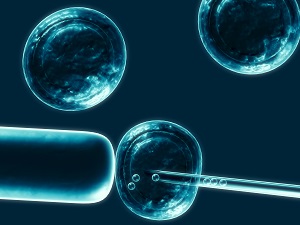One of the most critical moments in an assisted fertilization cycle is in-utero transfer. Most of the implanted embryos can not survive the process, causing the process to fail. This is why research into research into this phase is flourishing. A new study shows how to implant mature embryos with greater chances.
Keeping the embryos in an incubator for more than a couple of days is a challenge. We need high-quality equipment, which not all fertility centers can afford. Yet waiting five or six days before the implant would increase the chances of success of the plant. The period of time spent outside the womb acts as a selection, leaving only the best embryos for the implant. This is demonstrated by the data presented at the Conference on Assisted Reproduction and Prenatal Diagnosis organized by GynePro and CECOS Italia.
The standard procedure involves keeping the embryo in vitro for two or three days. The new procedure lengthens this time frame by a further two or three days. Although it seems a little, it is enough to increase the chances of success of the cycle. It is estimated that waiting to increase the odds from 30-35% to 56%. Because?
The elongated procedure exploits the selection process that takes place in the uterus. Embryos that do not resist the incubation period are those that do not take root in the uterus. In this way only the strongest embryos are implanted, saving time and unnecessary costs. Furthermore, the process avoids a large number of painful spontaneous abortions.
The extended incubation period is not available everywhere. In order to implement this, devices are in fact used to monitor the embryo without extracting it from the incubator. Unfortunately, it only has half of the Italian centers.
Source: corriere.it



